Home>Garden Essentials>What Do You Use Caraway Seeds For
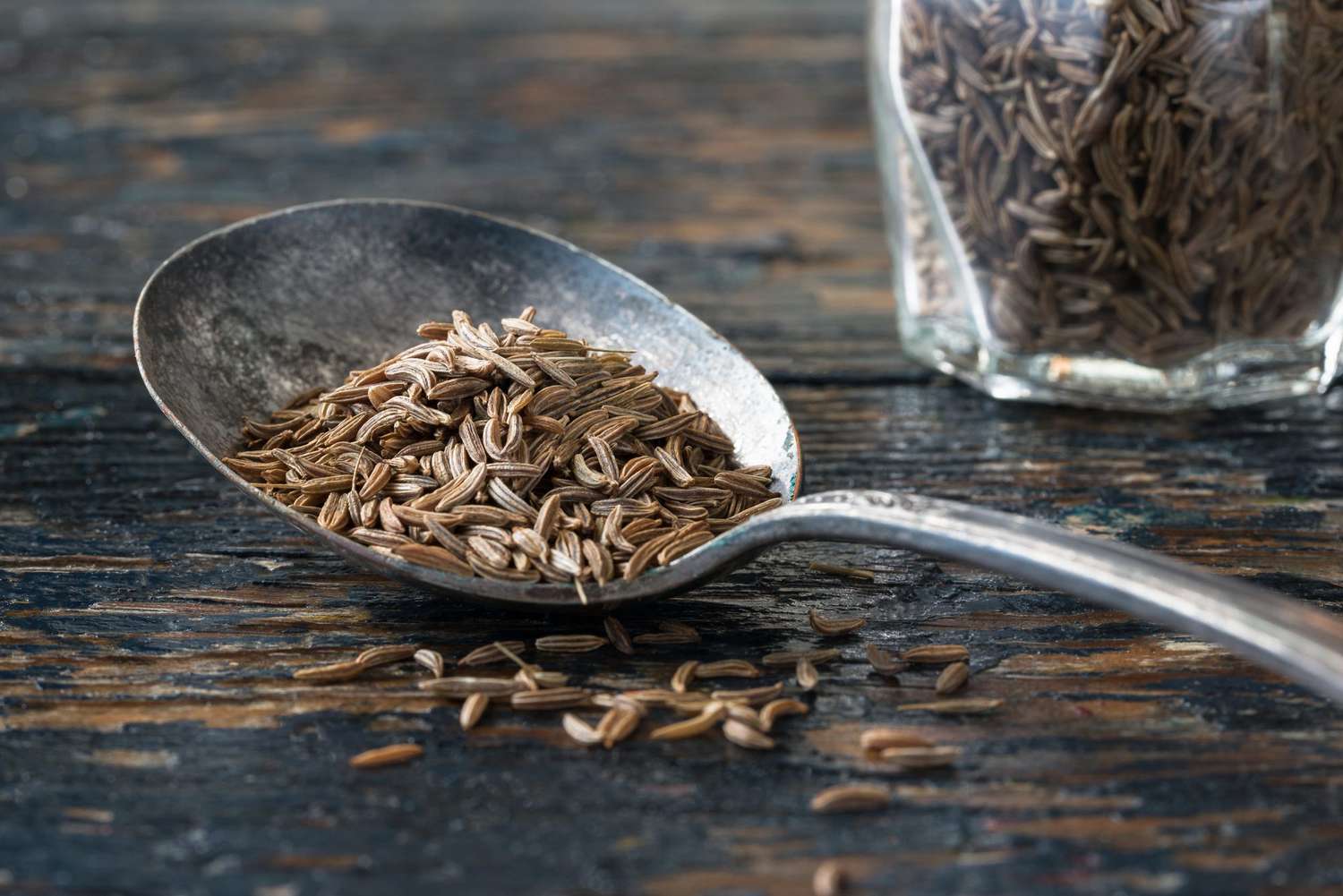

Garden Essentials
What Do You Use Caraway Seeds For
Modified: March 15, 2024
Learn how to use caraway seeds in your garden and elevate your culinary creations. Discover unique recipes and tips to make the most of this versatile spice.
(Many of the links in this article redirect to a specific reviewed product. Your purchase of these products through affiliate links helps to generate commission for Storables.com, at no extra cost. Learn more)
Introduction
Welcome to the world of caraway seeds! These tiny, aromatic seeds have been used for centuries in various cuisines and have a rich history steeped in folklore and medicinal practices. In this article, we will explore the origins, culinary uses, health benefits, and other interesting facts about caraway seeds.
Caraway seeds, scientifically known as Carum carvi, belong to the Apiaceae family and are native to Western Asia, Europe, and North Africa. They are derived from a biennial plant that produces delicate white flowers and elongated, slightly curved seeds with a distinct aroma and flavor.
The use of caraway seeds dates back to ancient times, with evidence suggesting their presence in Neolithic settlements. They were highly esteemed for their culinary and medicinal properties, making them an integral part of various cultural cuisines across the globe.
Caraway seeds are often mistaken for fennel or cumin due to their similar appearance. However, their unique flavor sets them apart from their counterparts, adding a warm, earthy, and slightly sweet taste to dishes.
In culinary applications, caraway seeds are primarily known for their usage in baking and cooking. They lend their distinct flavor to bread, pastries, sausages, and traditional dishes. Apart from their culinary uses, caraway seeds are also valued for their medicinal properties. They have been utilized in traditional medicine practices for centuries and are believed to aid in digestion, relieve flatulence, and promote overall wellness.
Whether you are a seasoned chef exploring new flavors or a health enthusiast looking for natural remedies, caraway seeds are a versatile and valuable addition to your pantry. Let us delve deeper into the fascinating world of caraway seeds and discover the many ways they can be used and their potential health benefits.
Key Takeaways:
- Caraway seeds have a rich history and are used in baking, cooking, and traditional medicine. They add unique flavor to dishes and may aid in digestion and overall wellness.
- Proper storage of caraway seeds is essential to maintain their freshness and flavor. Store them in airtight containers, away from moisture and heat, to enjoy their benefits in cooking and baking.
Read more: What Can You Use In Place Of Caraway Seeds
History and Origins of Caraway Seeds
The history of caraway seeds stretches back thousands of years, with evidence of their cultivation and usage found in ancient civilizations. Caraway seeds have been a staple ingredient in culinary and medicinal practices across different cultures and regions.
The origins of caraway seeds can be traced to Western Asia, Europe, and North Africa, where they grew wild in fields and meadows. The seeds were highly valued by the ancient Egyptians, Greeks, and Romans, who recognized their aromatic and medicinal properties.
In ancient Egypt, caraway seeds were buried in tombs alongside pharaohs as a symbol of protection and nourishment in the afterlife. They were believed to enhance digestion and promote overall wellbeing. Caraway seeds also held religious significance in ancient Greek and Roman cultures, where they were associated with love and fidelity.
Caraway seeds found their way to Europe during the medieval period, where they became popular in various cuisines. It is believed that the Vikings played a significant role in spreading caraway seeds across Northern Europe during their conquests. They introduced these seeds to countries like Germany, Denmark, and Sweden, where they continue to be widely used in traditional dishes.
During the Middle Ages, caraway seeds gained popularity in monastery kitchens, as they helped mask the bland taste of certain foods and aided digestion. Monks cultivated caraway in their gardens and incorporated it into their bread, cheese, and herbal remedies.
Caraway seeds have also been associated with traditional folk beliefs and superstitions. In certain cultures, it was believed that carrying caraway seeds in one’s pocket could ward off evil spirits and bring good luck.
Today, caraway seeds are cultivated in many countries around the world, with the largest producers being Europe, particularly Germany, the Netherlands, and Poland. They are also grown in regions of Asia and North America.
The rich history and widespread usage of caraway seeds demonstrate the enduring appeal and versatility of this aromatic spice. Whether in traditional dishes, modern culinary creations, or ancient remedies, caraway seeds continue to play a significant role in enriching the flavors and experiences of people across cultures.
Culinary Uses of Caraway Seeds
Caraway seeds are renowned for their distinctive flavor and aroma, which adds depth and complexity to a wide range of dishes. They are a versatile spice that can be used in both sweet and savory recipes, making them an essential pantry staple for many chefs and home cooks.
In baking, caraway seeds are commonly used in bread and pastry recipes. They add a slightly sweet and nutty flavor, along with a pleasant crunch. Caraway seed bread is particularly popular in European cuisines, such as German rye bread and Swedish limpa bread. These seeds can also be sprinkled on top of bagels, scones, or biscuits to enhance their taste and appearance.
Caraway seeds also play a vital role in traditional sausages and charcuterie. They are often included in recipes for bratwurst, bologna, and salami, providing a distinctive and aromatic flavor. When combined with other spices like garlic, mustard, and paprika, caraway seeds contribute to the savory and rich taste of these meat products.
In Eastern European cuisines, caraway seeds are a key ingredient in cabbage dishes. They add a unique flavor that complements the natural sweetness of cabbage. Caraway seeds can be added to sauerkraut, coleslaw, or stuffed cabbage rolls, enhancing the overall taste profile of these dishes.
Caraway seeds can also be used to infuse flavor into soups and stews. They pair well with hearty ingredients like potatoes, carrots, and beans, adding warmth and depth to the dish. Whether in a comforting potato soup, a flavorful goulash, or a robust bean stew, caraway seeds contribute to a satisfying and aromatic culinary experience.
Additionally, caraway seeds are a popular ingredient in pickling solutions. The seeds add a distinct tang and flavor to pickled vegetables like cucumbers, beets, and onions. Their aromatic profile complements the sourness and brings a unique dimension to the final pickled product.
Furthermore, caraway seeds can be used as a spice rub or seasoning for roasted meats, such as pork, lamb, or poultry. They add a layer of complexity to the meat’s flavor, balancing out the richness with their earthy and slightly sweet taste.
To unlock the full flavor potential of caraway seeds, it is recommended to toast them lightly before use. This process helps release their essential oils, intensifying their aroma and enhancing the overall taste experience.
With their versatility and distinct flavor profile, caraway seeds elevate a wide range of dishes and cuisines. Whether in baked goods, sausages, pickles, or savory stews, these seeds add a unique touch that tantalizes the taste buds and makes any meal truly memorable.
Caraway Seeds in Baking
Caraway seeds are a wonderful addition to various baked goods, infusing them with a distinct flavor and aroma. They bring a unique twist to bread, pastries, and desserts, elevating them with their slightly sweet, nutty, and earthy notes.
When it comes to bread, caraway seeds are often used in rye bread recipes. The combination of caraway seeds and rye flour creates the classic flavor profile of many European breads. The seeds add a delightful crunch and a warm, aromatic taste that pairs perfectly with the hearty texture of rye bread.
In addition to rye bread, caraway seeds can also be found in other types of bread, such as soda bread and cornbread. They enhance the overall flavor, giving these breads a unique and memorable taste.
Caraway seeds are not limited to bread alone; they are also a delightful addition to pastries and baked goods. Caraway seed cookies, also known as caraway seed biscuits, are popular in some cultures. These cookies have a subtle sweetness and a delightful crunch from the caraway seeds.
Another famous pastry that incorporates caraway seeds is the Swedish limpa bread. It is a sweet and slightly spiced bread, usually made with molasses and rye flour. The addition of caraway seeds provides a complex flavor profile and a wonderful aromatic experience.
Caraway seeds can also add depth and flavor to cakes and muffins. They can be sprinkled on top of lemon muffins or incorporated into a carrot cake batter for a unique twist. These seeds bring a subtle complexity to the sweet treats, balancing out the sweetness with their distinct taste.
When using caraway seeds in baking, it is best to use them in moderation to avoid overpowering the other flavors. Start with a small amount and adjust according to your taste preferences. To enhance the flavor of caraway seeds, lightly toast them before incorporating them into your baking recipes, as the toasting process releases their essential oils.
Caraway seeds are a versatile and underappreciated ingredient in baking. From bread to pastries, they add a flavorful twist to your creations, making them more memorable and enjoyable. So why not experiment with caraway seeds in your next baking adventure and discover the delightful taste they bring to your favorite treats?
Caraway Seeds in Cooking
Caraway seeds are not just limited to the realm of baking; they are also a versatile spice that can enhance the flavor of a wide variety of savory dishes. When used in cooking, caraway seeds add a unique warmth, earthiness, and depth to the flavors, making them an excellent addition to your culinary repertoire.
One of the most popular ways to incorporate caraway seeds into cooking is by using them in hearty meat dishes. They pair exceptionally well with flavors like pork, beef, and lamb. For instance, you can sprinkle caraway seeds on a pork roast before roasting it, or you can add them to a rich beef stew for an aromatic twist. The seeds enhance the savory profile of the meat and add complexity to the overall flavor.
Caraway seeds are also commonly used in various cabbage dishes. They complement the natural sweetness of cabbage and create a harmonious flavor combination. For example, you can use caraway seeds when preparing sautéed cabbage or a comforting cabbage soup. These seeds provide a distinctive taste that cuts through the mild earthiness of the cabbage, resulting in a flavorful and satisfying dish.
When preparing roasted vegetables, caraway seeds can be a delightful addition. They can be sprinkled on root vegetables, such as carrots, parsnips, or potatoes, before roasting. The seeds infuse the vegetables with an aromatic and slightly sweet flavor, enhancing their natural taste and adding a touch of complexity.
Caraway seeds can also be used to flavor rice and grain-based dishes. Adding a pinch of caraway seeds to a pilaf or risotto can elevate the dish, giving it a unique twist and adding a subtle depth of flavor. They blend particularly well with Mediterranean flavors and complement the nutty taste of grains.
In Indian cuisine, caraway seeds are often used as a tempering spice or added to various spice blends. They contribute to the overall flavor profile of dishes like biryanis and curries, providing a warm and aromatic taste. Caraway seeds are a key ingredient in the popular Indian spice mixture known as garam masala, adding a unique dimension to the complex blend of spices.
Lastly, caraway seeds can be incorporated into sauces and dressings. They can be ground and added to homemade salad dressings or sprinkled over a creamy sauce for a burst of flavor. The seeds can also be infused into vinegar or oil, creating a deliciously fragrant base that can be used to dress salads or drizzle over roasted vegetables.
As with any spice, it is important to use caraway seeds in moderation to avoid overwhelming the dish with their flavor. Start with a small amount and gradually adjust to your taste preferences. Experiment with caraway seeds in your cooking, and you will be pleasantly surprised by the unique and delightful flavors they can bring to your dishes.
Caraway seeds are commonly used in rye bread, sauerkraut, and various meat dishes. They add a unique, slightly sweet and peppery flavor to these dishes.
Read more: What To Use Caraway Seeds For
Medicinal Uses and Health Benefits of Caraway Seeds
Beyond their culinary applications, caraway seeds have been valued for centuries for their medicinal properties in various traditional medicine practices. These tiny seeds are believed to provide a range of health benefits, thanks to their composition of essential oils, vitamins, minerals, and antioxidants.
One of the most well-known medicinal uses of caraway seeds is as a digestive aid. The seeds are believed to promote digestion and relieve indigestion, bloating, and flatulence. They can help calm an upset stomach and ease discomfort after a heavy meal. Simply consuming a teaspoon of caraway seeds or brewing them as a tea can provide relief from digestive issues.
Caraway seeds are also known for their carminative properties, meaning they can help reduce the formation of gas in the gastrointestinal tract. This can help alleviate symptoms of gas and bloating, making caraway seeds a natural remedy for those with digestive discomfort.
Additionally, caraway seeds have been traditionally used to stimulate appetite and aid in weight loss. The seeds are believed to increase the secretion of gastric juices, thereby improving digestion and promoting a healthy appetite. However, it’s important to note that individual results may vary, and incorporating caraway seeds into a balanced diet and healthy lifestyle is key.
Furthermore, caraway seeds are rich in antioxidants, which help fight against oxidative stress and protect the body from damage caused by free radicals. Antioxidants play a critical role in maintaining overall health and reducing the risk of chronic diseases, including heart disease, cancer, and inflammatory conditions.
Caraway seeds have also been used in traditional medicine to alleviate menstrual discomfort. The seeds are believed to have antispasmodic properties, which can help relax the muscles of the uterus and ease menstrual cramps. Drinking caraway seed tea during menstruation may provide relief from pain and discomfort.
Research has also suggested that caraway seeds may have antimicrobial properties, specifically against certain strains of bacteria and fungi. They may help inhibit the growth of harmful microorganisms and support overall oral health by reducing plaque and preventing cavities. However, more studies are needed to fully understand the extent of these benefits.
As with any natural remedy, it is important to consult with a healthcare professional before using caraway seeds for medicinal purposes, particularly if you have any underlying health conditions or are taking medications. While caraway seeds are generally safe for consumption, they may interact with certain medications or have contraindications for specific health conditions.
Incorporating caraway seeds into your diet can be a flavorful way to potentially reap some of their health benefits. So, whether you enjoy them in cooking, baking, or as a hot tea, these tiny seeds can be a valuable addition to your wellness routine.
Caraway Seeds in Traditional Medicine Practices
Caraway seeds have a long history of being used in traditional medicine practices across different cultures. These tiny seeds have been valued for their medicinal properties and are believed to offer a range of health benefits based on traditional knowledge and folklore.
One of the primary uses of caraway seeds in traditional medicine is for digestive disorders. They have been used to alleviate symptoms of indigestion, flatulence, and bloating. Caraway seeds are believed to stimulate digestion by increasing the secretion of digestive enzymes and promoting the breakdown of food. They are often consumed as an infusion or included in herbal remedies.
In some traditional medicine practices, caraway seeds are believed to have diuretic properties, aiding in the removal of excess fluids and toxins from the body. They are thought to support kidney function and help flush out waste products. Caraway seed tea or decoctions may be consumed for this purpose.
Caraway seeds have also been used in traditional medicine to relieve respiratory ailments. They are believed to have expectorant properties and can help soothe coughs and clear congestion. The seeds are often combined with other herbs and ingredients to create herbal remedies for respiratory issues.
Traditional medicine practitioners have also utilized caraway seeds to ease menstrual discomfort and promote a healthy reproductive system. The seeds are believed to have antispasmodic properties, helping to relax the muscles of the uterus and reduce menstrual cramps. Caraway seed tea or preparations may be used for this purpose.
In certain traditional medicine systems, caraway seeds are believed to have antimicrobial properties. They have been used topically to treat minor skin irritations, wounds, and fungal infections. The seeds may be ground into a paste or applied in the form of a poultice to affected areas.
It is important to note that while these traditional uses of caraway seeds have been passed down through generations, their efficacy has not been extensively researched or scientifically proven. It is always advisable to seek the guidance of a healthcare professional before using caraway seeds or any other natural remedy for medicinal purposes.
Furthermore, it is crucial to remember that caraway seeds should not be used as a replacement for proper medical treatment. They can be used as a complementary approach to support overall well-being, but they should not be relied upon as the sole treatment for any health condition.
Incorporating caraway seeds into your diet or using them in traditional remedies can be a way to connect with ancient healing practices and potentially experience their benefits. However, it is essential to approach their usage with caution and seek professional advice when needed.
Other Uses of Caraway Seeds
Caraway seeds are not only valued for their culinary and medicinal properties, but they also have several other practical and traditional uses. These versatile seeds can be utilized in various ways beyond the kitchen and the world of herbal remedies.
One of the notable uses of caraway seeds is in the production of alcoholic beverages. Caraway seeds are a common ingredient in traditional liqueurs and spirits, adding a distinctive flavor and aroma. In Scandinavia, caraway seed-infused aquavit is a popular choice for festive gatherings and celebrations. The seeds contribute to the complex and nuanced taste profile of these traditional spirits.
In some cultures, caraway seeds are used for their aromatic qualities in potpourri mixes and fragrance sachets. The seeds can be added to a blend of dried flowers, herbs, and spices to create a delightful and refreshing scent for the home. Caraway seeds impart a warm and inviting aroma that can help freshen up living spaces.
Caraway seeds are also used in traditional crafts and decorative arts. In some regions, caraway seeds are incorporated into intricate beadwork and jewelry designs. The seeds add a unique texture and visual interest to these handmade creations, showcasing the cultural significance and versatility of caraway seeds in various artistic expressions.
Furthermore, caraway seeds have been used traditionally to deter pests. The strong aroma of the seeds is believed to repel certain insects and rodents. Placing small sachets filled with caraway seeds in pantries or storage areas may help keep pests away. However, it’s important to note that this method might not be as effective as using proper pest control measures.
In gardening, caraway seeds can be utilized for their potential soil-enhancing properties. Caraway is considered to be a beneficial companion plant as it attracts beneficial insects and pollinators while repelling certain pests. The plants can also improve soil fertility and nutrient content. Caraway seeds can be sown in home gardens to support a thriving ecosystem and a bountiful harvest.
It’s worth noting that while caraway seeds have these alternative uses, their primary and most prevalent usage remains in culinary and herbal applications. However, exploring these other uses can be a fun and creative way to appreciate the versatility and cultural significance of caraway seeds.
So the next time you encounter caraway seeds, remember that they can serve as more than just a spice or a remedy. Embrace their aromatic qualities, incorporate them into crafts, or experiment with their unique flavor in homemade liqueurs. Let your imagination and appreciation guide you in uncovering the various uses of caraway seeds beyond the expected.
How to Store Caraway Seeds
Proper storage is essential to maintain the freshness and flavor of caraway seeds. By following a few simple guidelines, you can ensure that your caraway seeds retain their aroma and taste for an extended period of time.
The first step in storing caraway seeds is to ensure that they are completely dry before storage. Moisture can cause the seeds to spoil or lose their potency. Therefore, it is important to dry them thoroughly after harvesting or purchasing.
Once dried, transfer the caraway seeds to an airtight container. Glass jars with tight-fitting lids are ideal for storing caraway seeds as they prevent moisture and air from entering the container, preserving the seeds’ freshness and flavor.
It is advisable to store caraway seeds in a cool, dark, and dry location. Exposure to light and heat can cause the seeds to lose their flavor and aroma more quickly. Avoid placing the container near the stove, oven, or any other heat sources.
Additionally, it is best to keep caraway seeds away from strong odors. Their porous nature makes them easily absorb flavors and odors from other spices and ingredients. Storing them separately or in a well-sealed container will help maintain their distinctive taste.
Label the container with the date of storage to keep track of their freshness. Caraway seeds can retain their flavor for up to 1-2 years if stored properly. However, over time, their flavor may gradually diminish, so it is recommended to use them within this timeframe for the best results.
To extend the freshness of caraway seeds, consider storing them in the refrigerator or freezer. The cold temperature can help prolong their shelf life and preserve their flavor. If stored in the freezer, make sure to use an airtight container or resealable freezer bags to protect the seeds from moisture and freezer burn.
When using caraway seeds in recipes, it is best to measure them out separately rather than directly from the storage container. This helps prevent any moisture or contaminants from entering the main supply of caraway seeds.
Lastly, if you’re purchasing caraway seeds from a store, check the packaging for any storage instructions provided by the manufacturer. Some brands may recommend specific storage methods to maintain the freshness and quality of the seeds.
By following these storage guidelines, you can ensure that your caraway seeds remain flavorful and aromatic, ready to enhance your culinary creations whenever you reach for them.
Read more: What Are Caraway Seeds
Conclusion
Caraway seeds are truly a remarkable spice with a rich history, versatile culinary applications, and potential health benefits. These tiny seeds have been cherished for centuries, celebrated for their unique flavor and aroma that adds depth and complexity to various dishes.
From their humble origins in Western Asia, Europe, and North Africa, caraway seeds have made their way into kitchens around the world, becoming an essential ingredient in baking, cooking, and traditional cuisines. They have found their place in hearty breads, comforting stews, flavorful sausages, and so much more.
But caraway seeds are more than just a culinary delight. They have also been valued in traditional medicine practices, believed to aid in digestion, relieve flatulence, and support overall wellness. While their medicinal properties have been a subject of traditional knowledge and folklore, studies have shown promising potential in various areas, including digestion and antioxidative effects.
Beyond food and wellness, caraway seeds have played roles in other aspects of life. They have found their way into the world of spirits, crafts, and even pest control. Their aroma has been used to create fragrances and their presence has intertwined with cultural traditions and beliefs.
To fully enjoy the benefits and flavors of caraway seeds, it is important to store them properly in airtight containers, away from moisture and heat, to maintain their freshness. By doing so, you can ensure that they are ready to be used whenever inspiration strikes in your kitchen.
In conclusion, caraway seeds are a true gem in the world of spices, offering a delightful taste, enticing aroma, and potential health benefits. Their rich history, versatile culinary uses, and additional applications make them a valuable addition to any pantry. So, go ahead and explore the wonders of caraway seeds in your cooking, baking, and wellness routines. Let their distinct flavor and aromatic presence elevate your culinary creations and enhance your overall well-being.
Frequently Asked Questions about What Do You Use Caraway Seeds For
Was this page helpful?
At Storables.com, we guarantee accurate and reliable information. Our content, validated by Expert Board Contributors, is crafted following stringent Editorial Policies. We're committed to providing you with well-researched, expert-backed insights for all your informational needs.
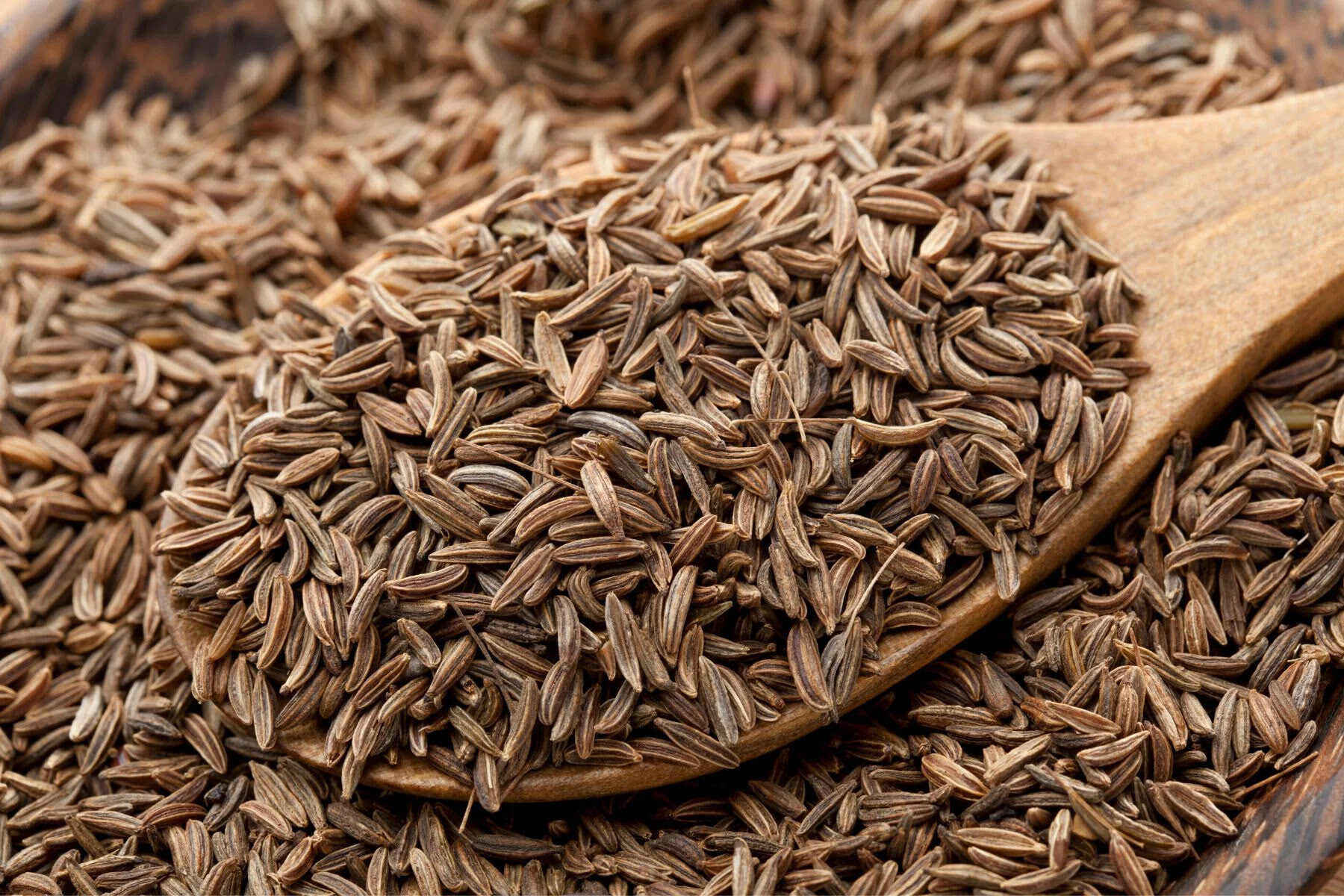
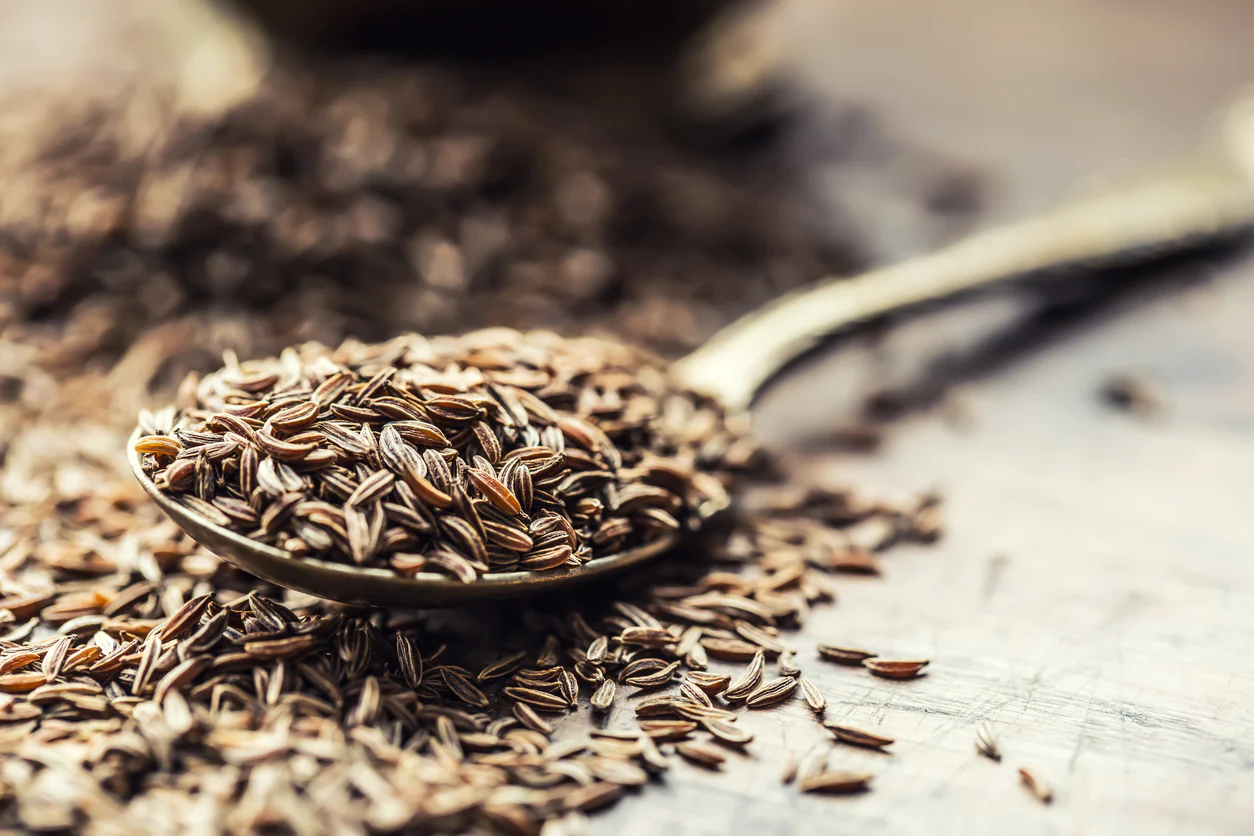
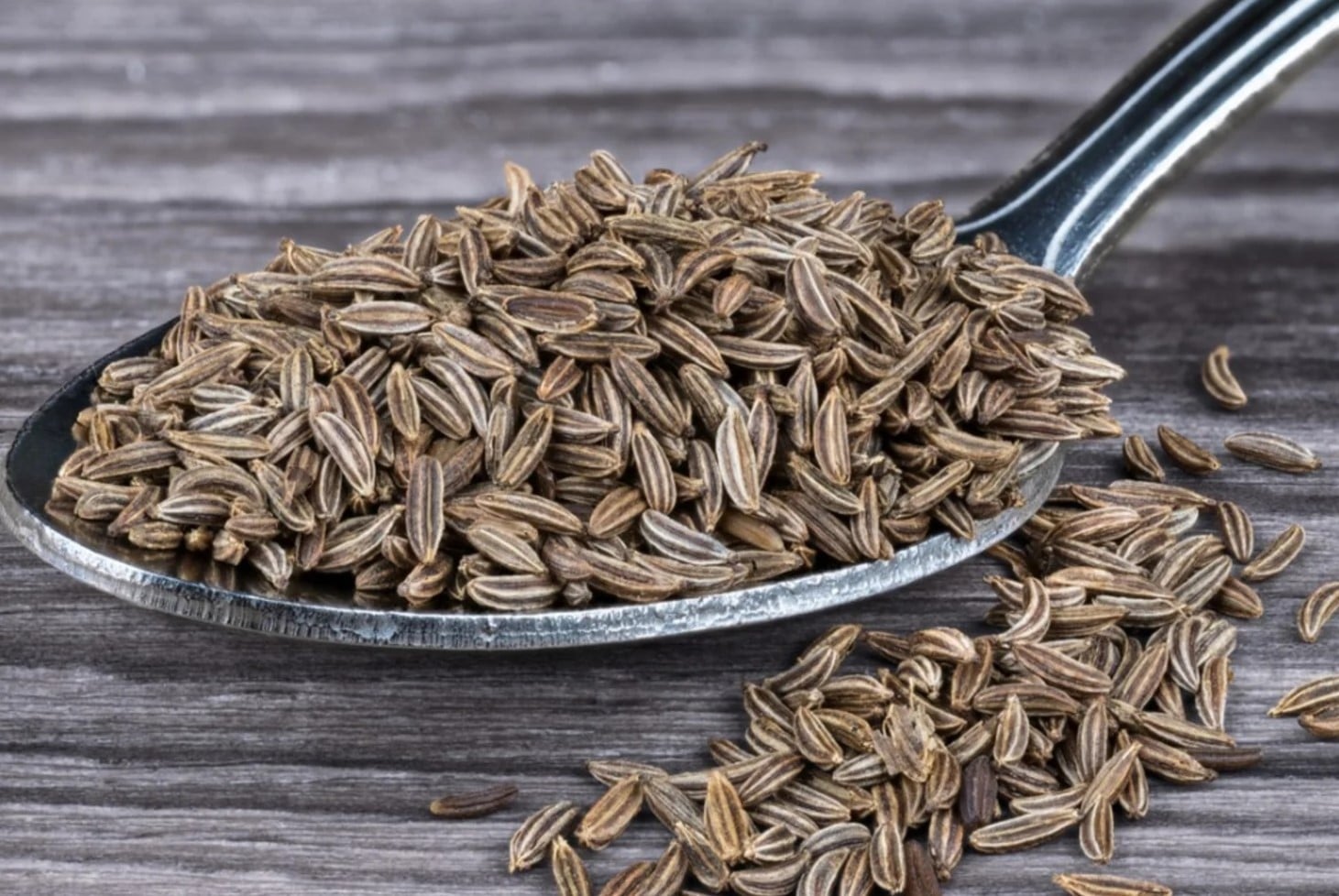
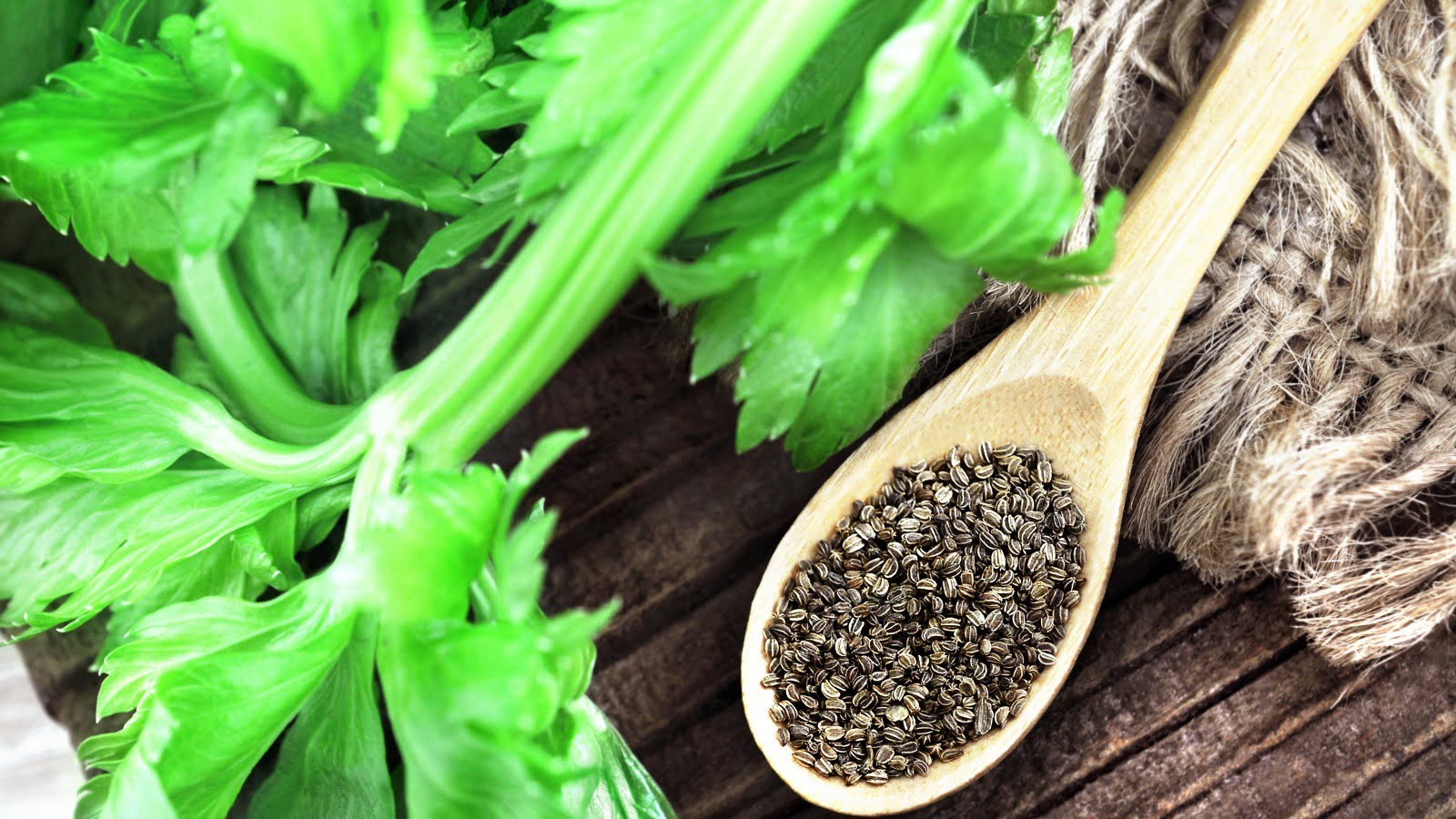
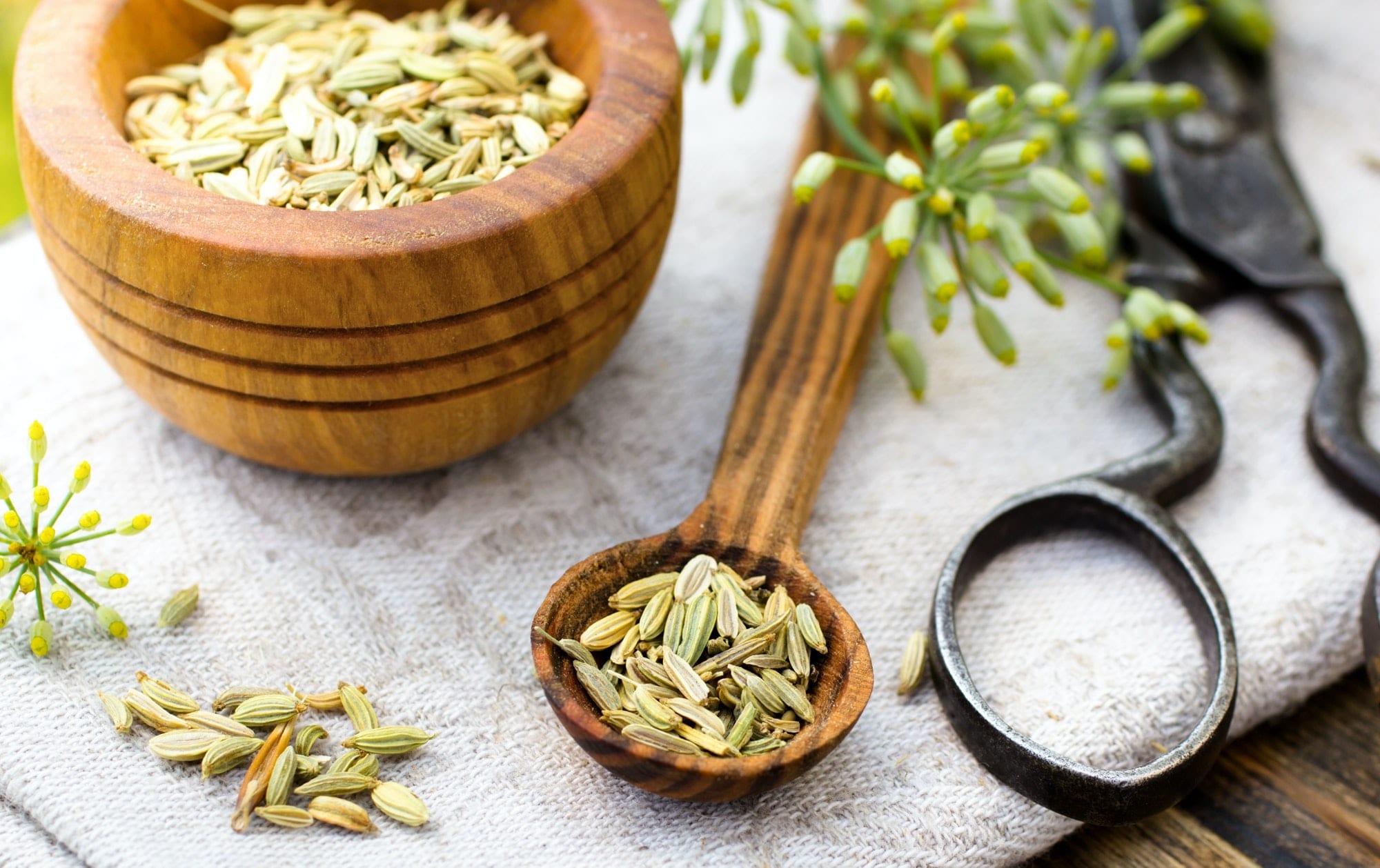
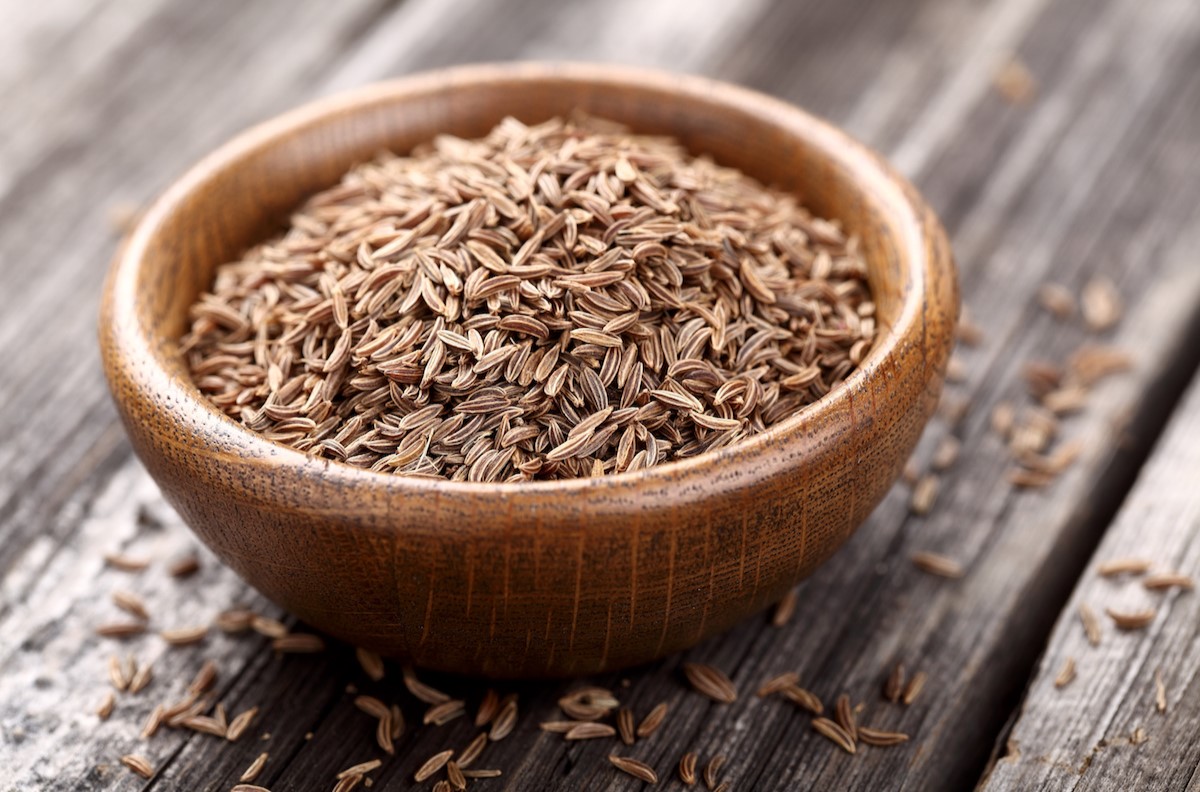
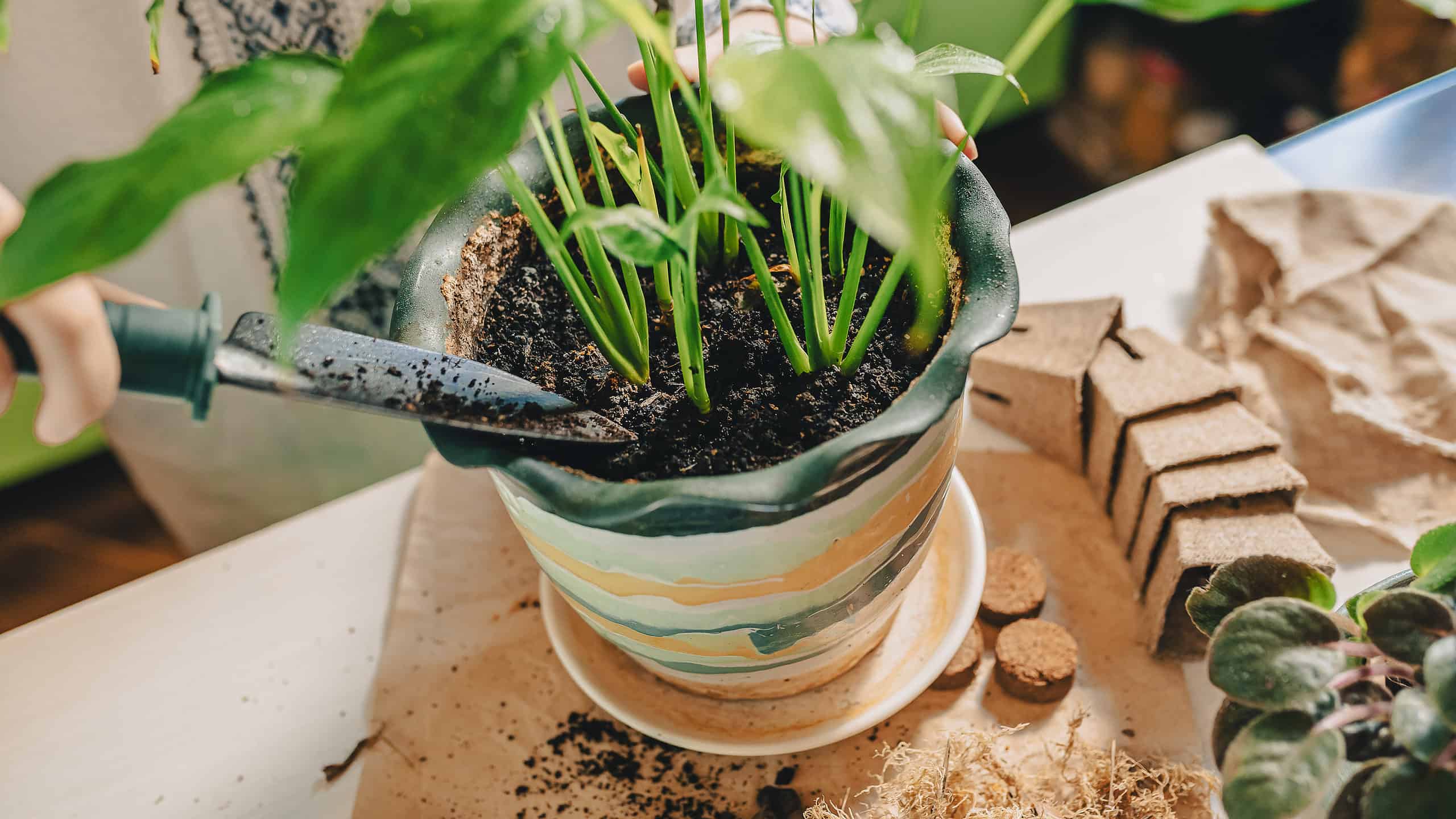
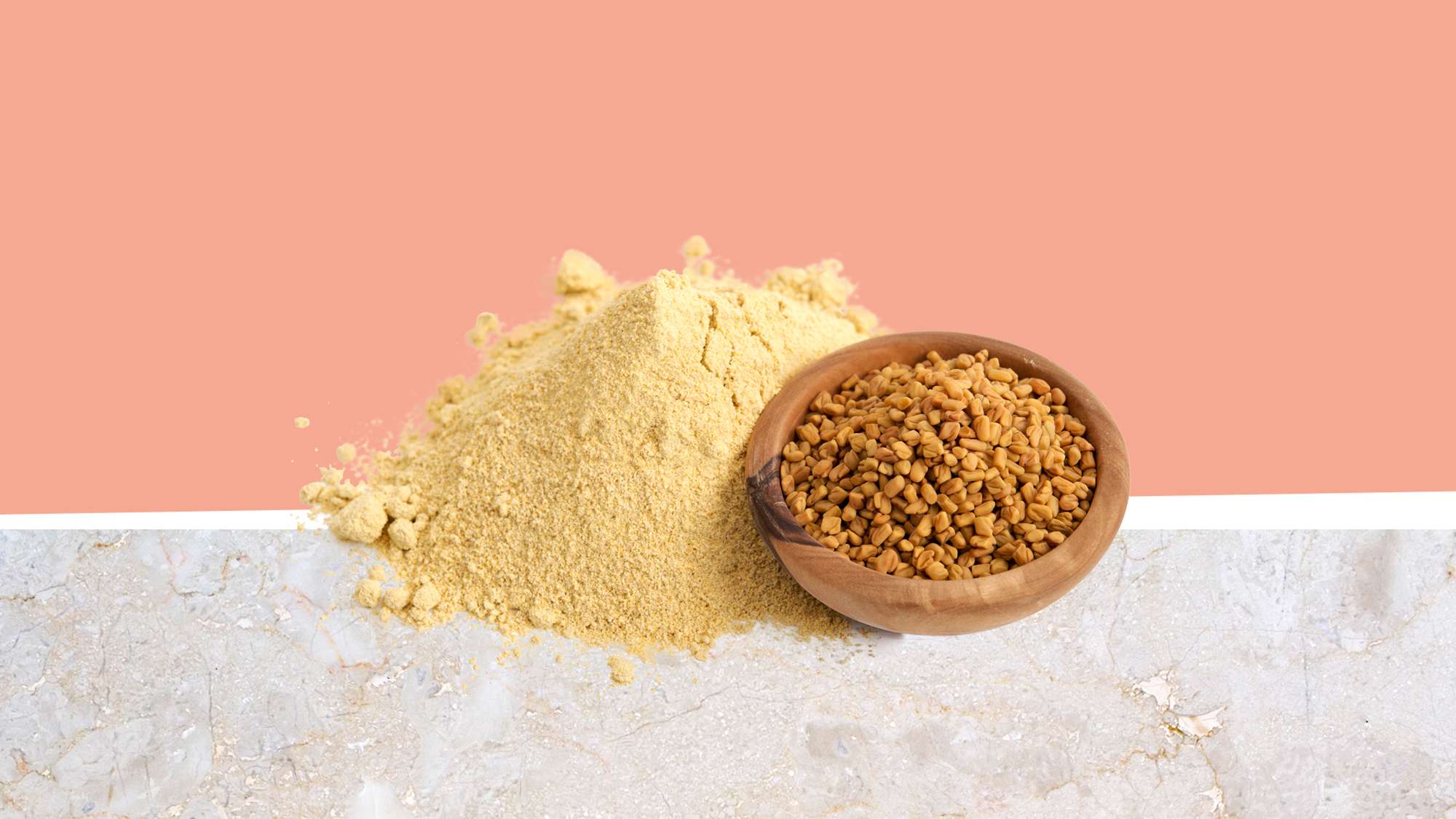
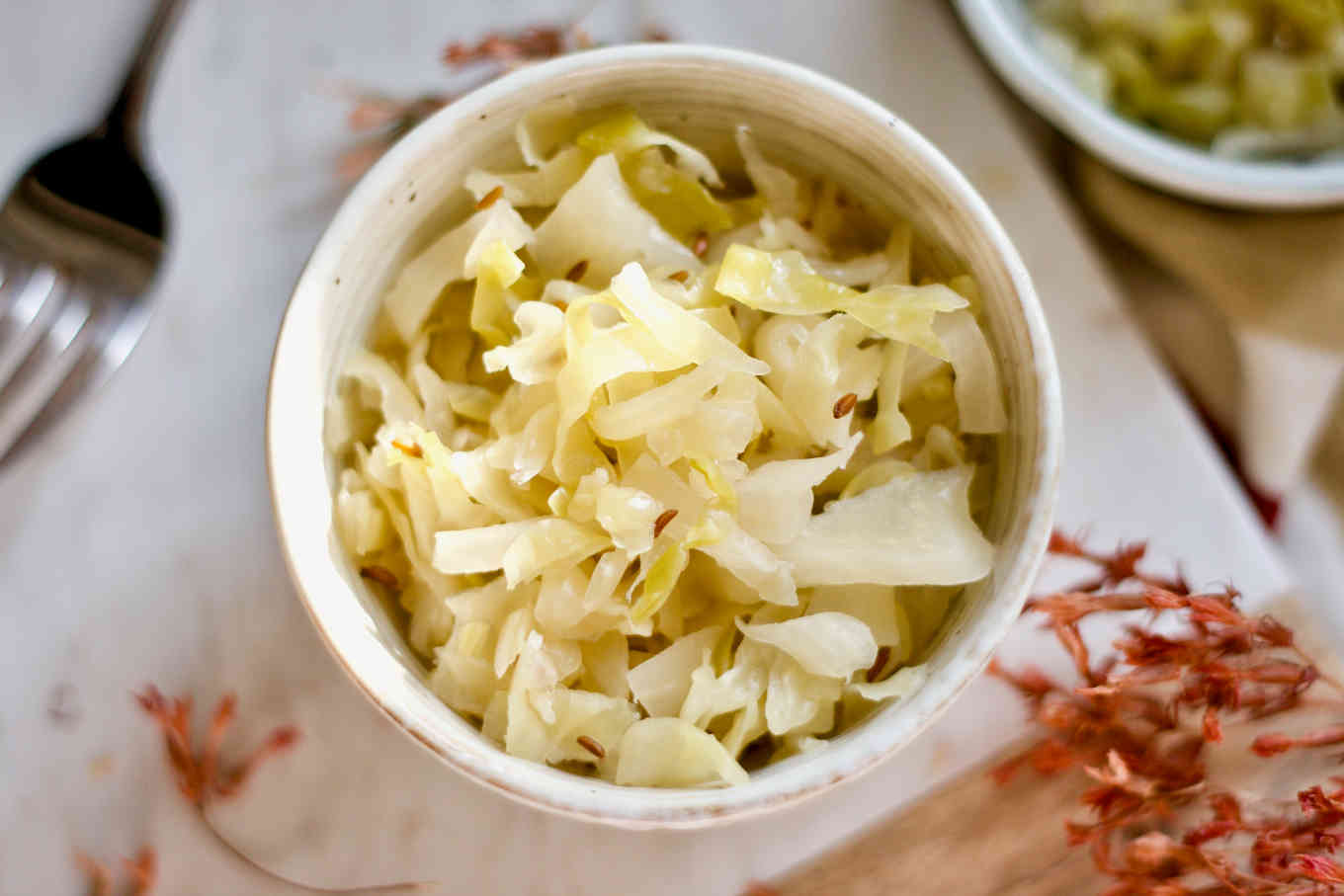
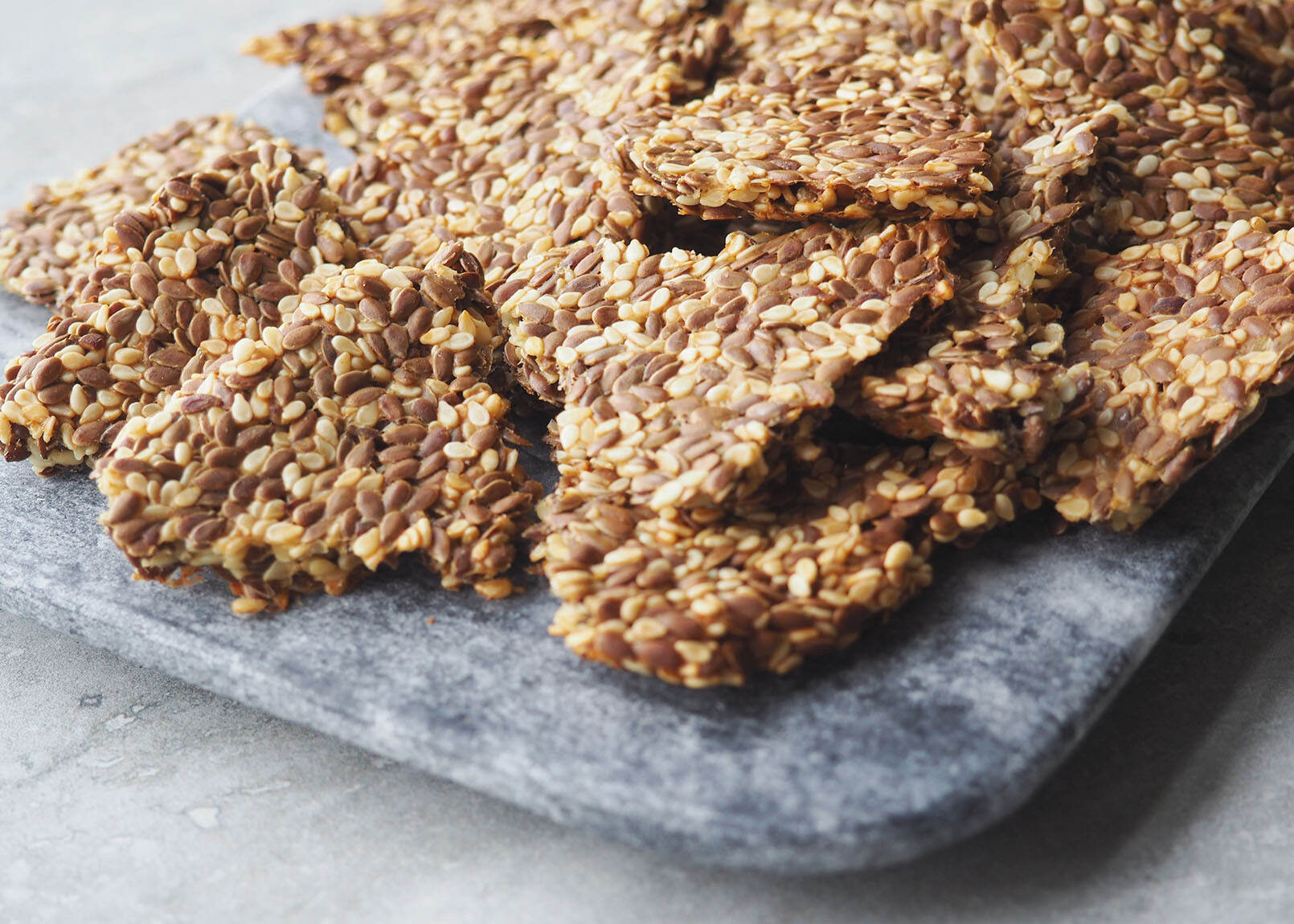
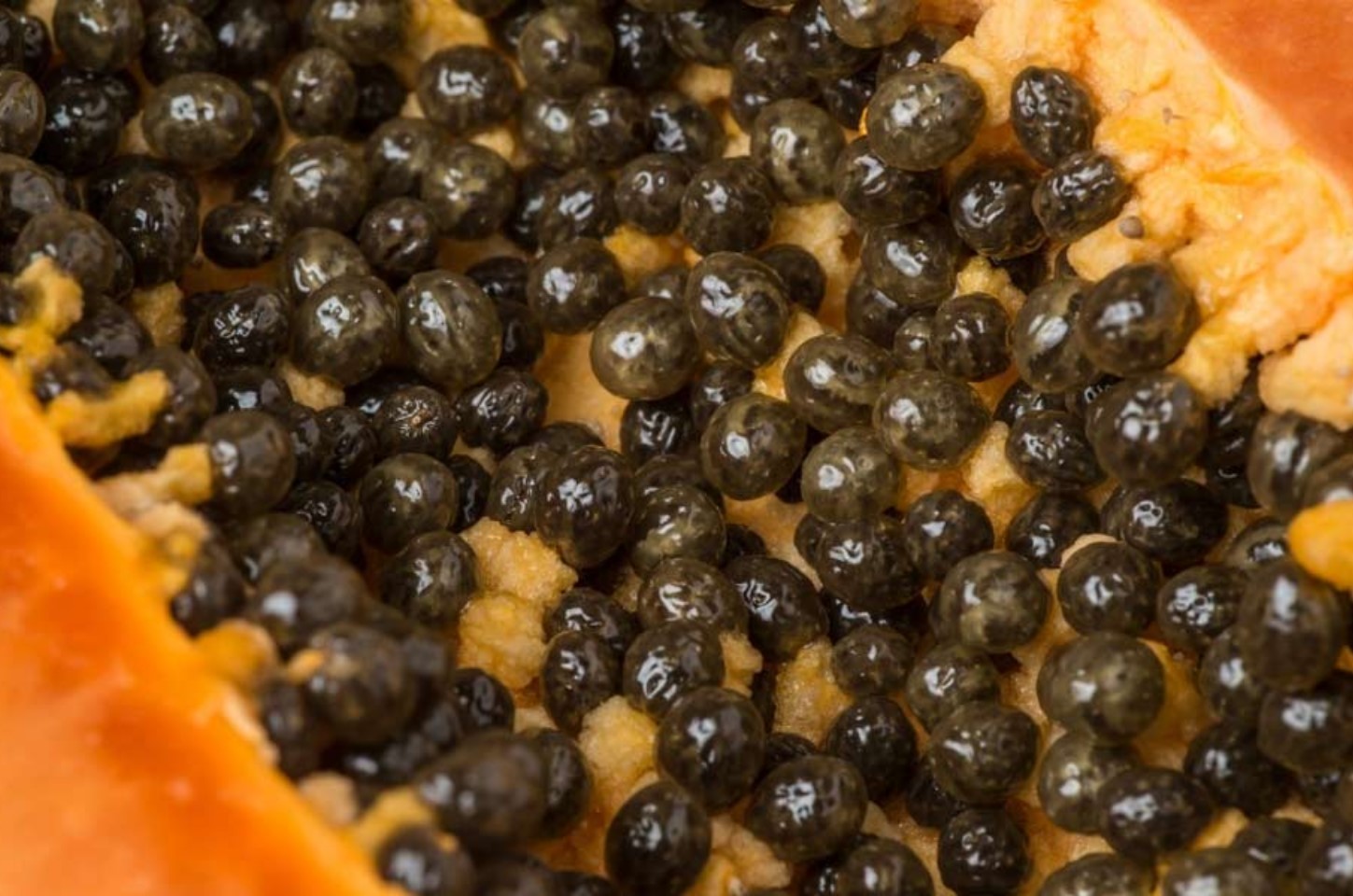
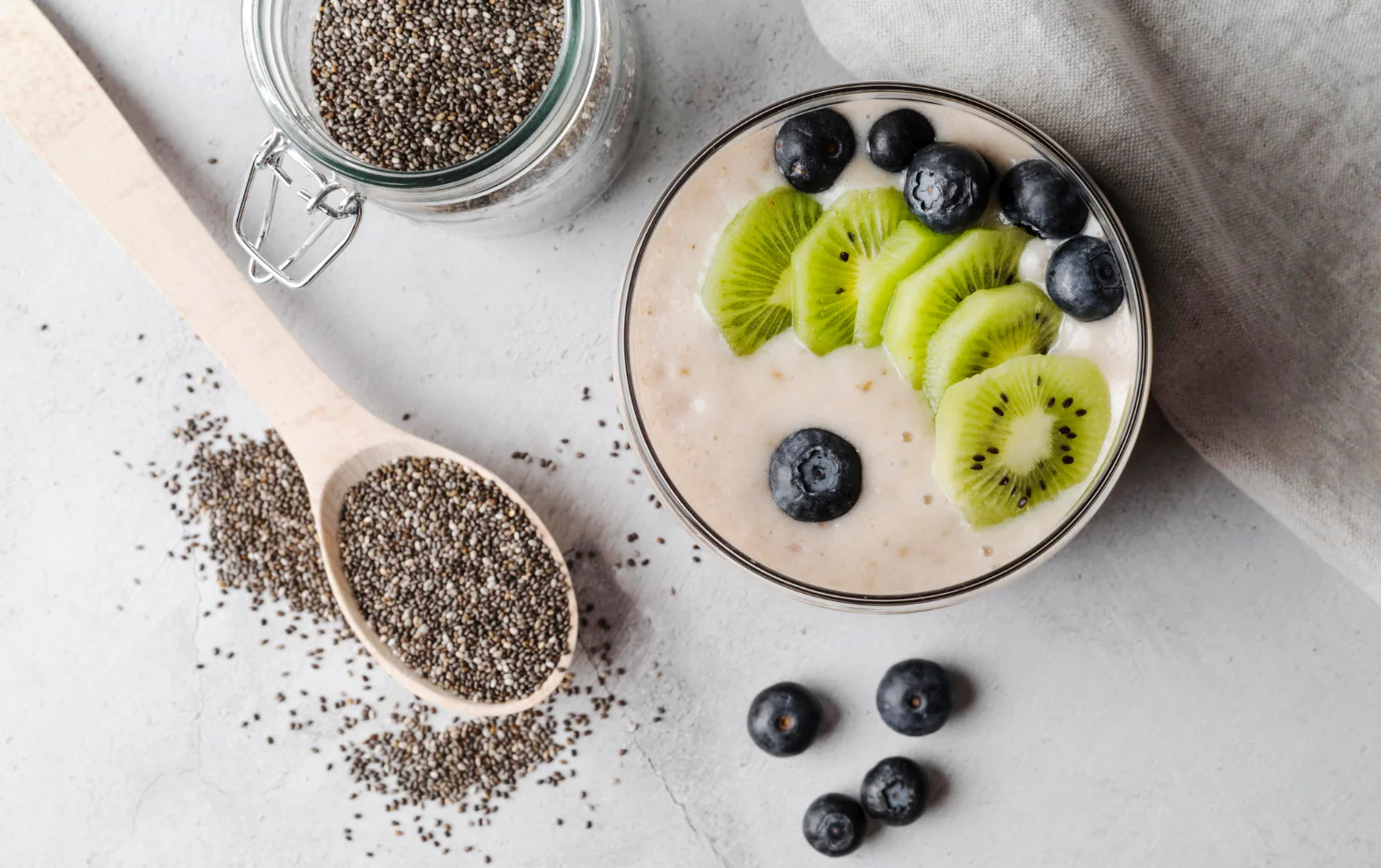
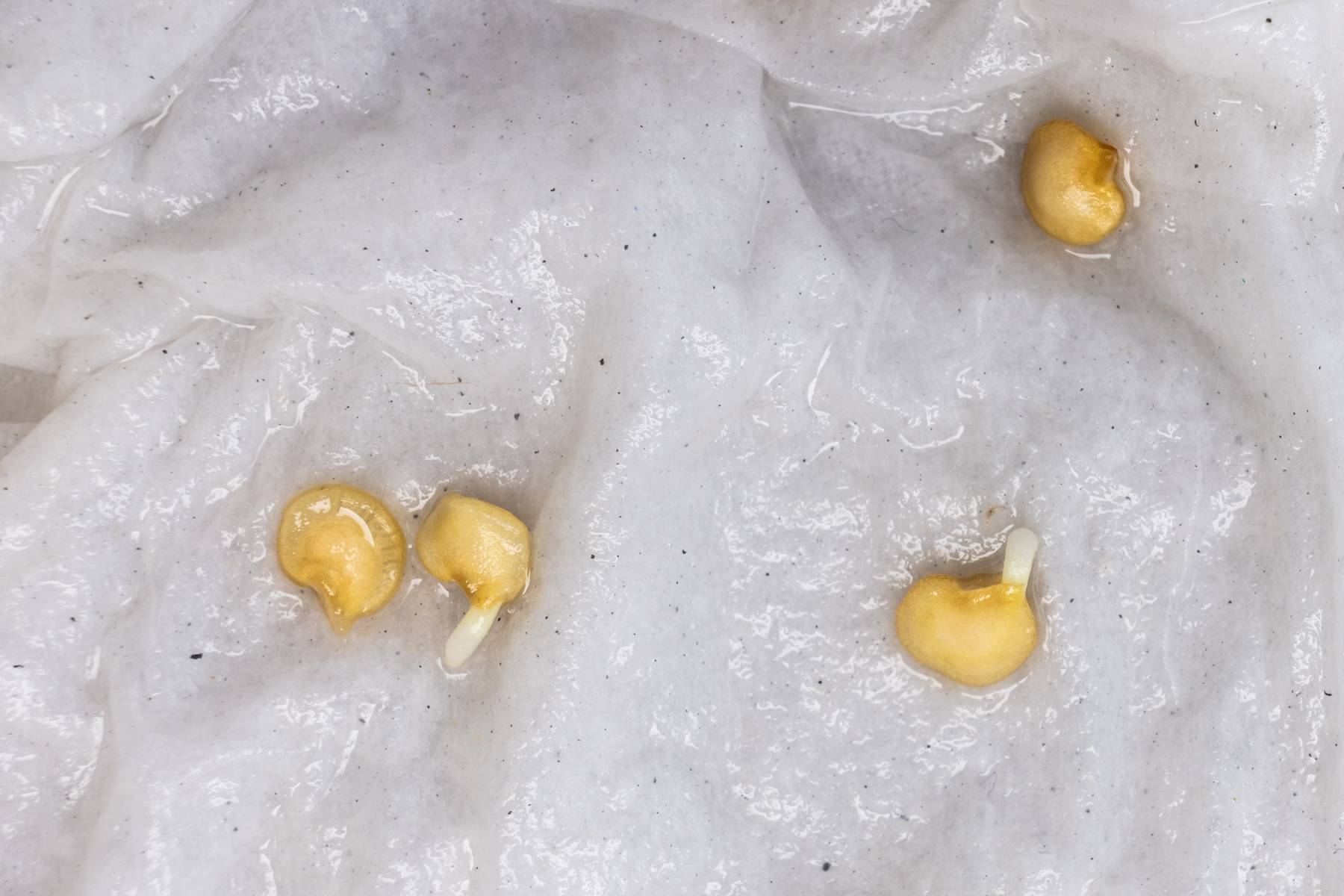

0 thoughts on “What Do You Use Caraway Seeds For”